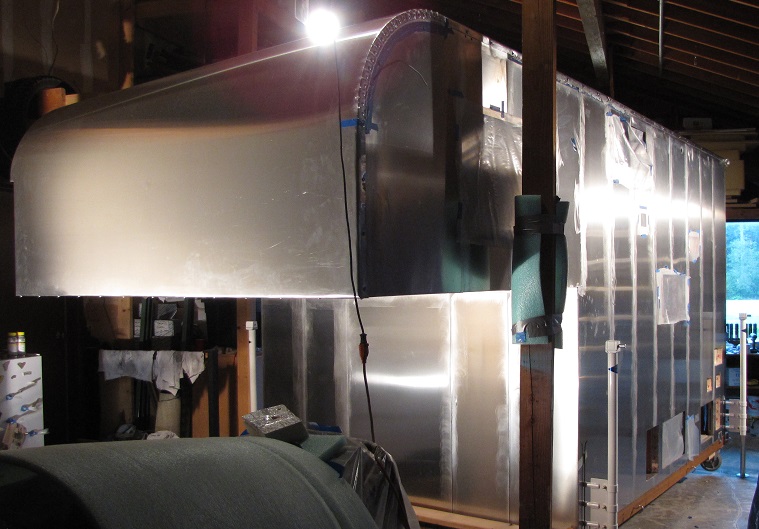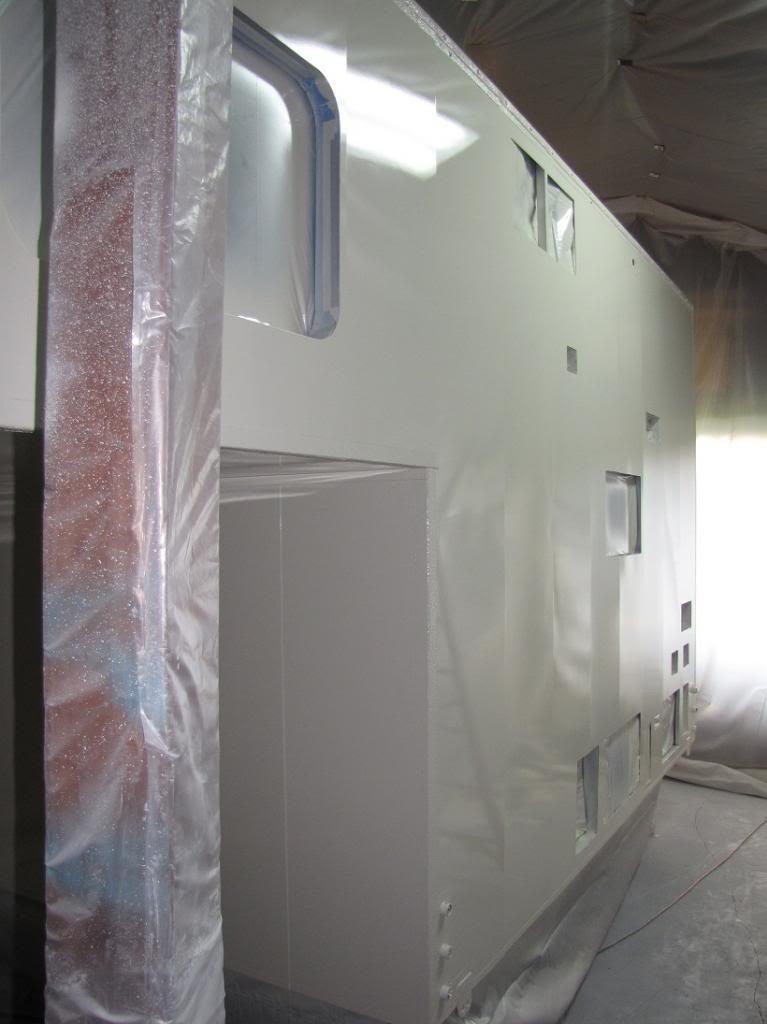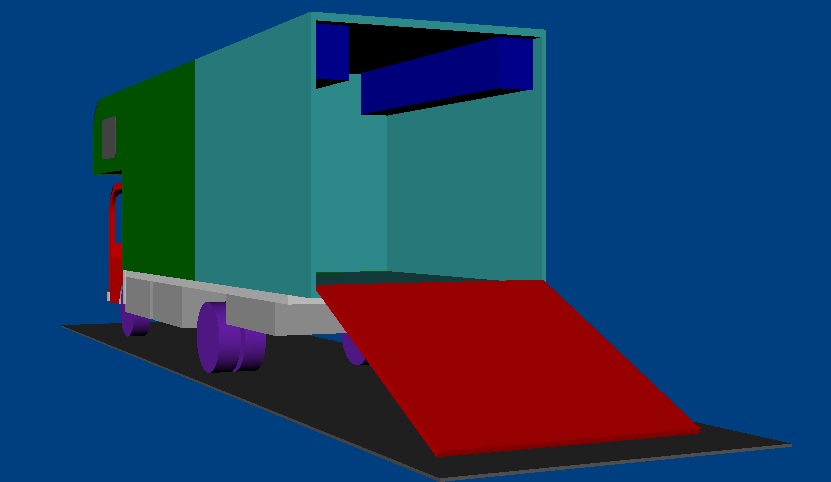DAYDREAMER
Recycles dryer sheets
- Joined
- Mar 26, 2008
- Messages
- 413
RV's are terribly built junk. I had a Lance camper parked under cover its entire life, and used for snowmobile trips in the winter. After 7 years, the camper's cheap aluminum siding started developing holes caused by galvanic corrosion. This camper led a very pampered life under cover, and always heated in the winter time. I thought i was doing everything right, but the piece of crap failed me.
I live in the NW were humidity is high, so probably not optimal for storage.
After doing some research on other RV's it seems that all constructions have their issues. RV's are definetely not in my future.
Have other RV'rs had galvanic corrosion issues?
I live in the NW were humidity is high, so probably not optimal for storage.
After doing some research on other RV's it seems that all constructions have their issues. RV's are definetely not in my future.
Have other RV'rs had galvanic corrosion issues?




